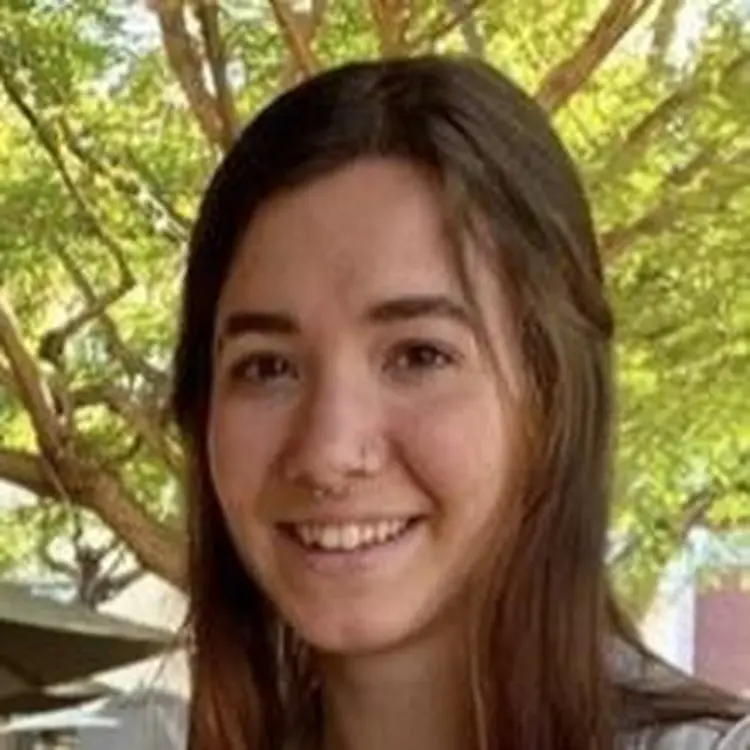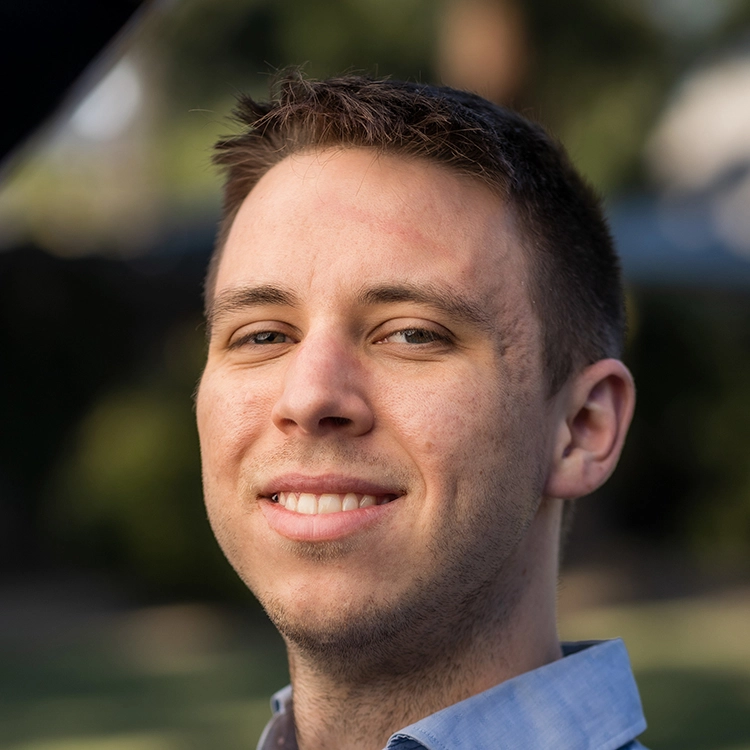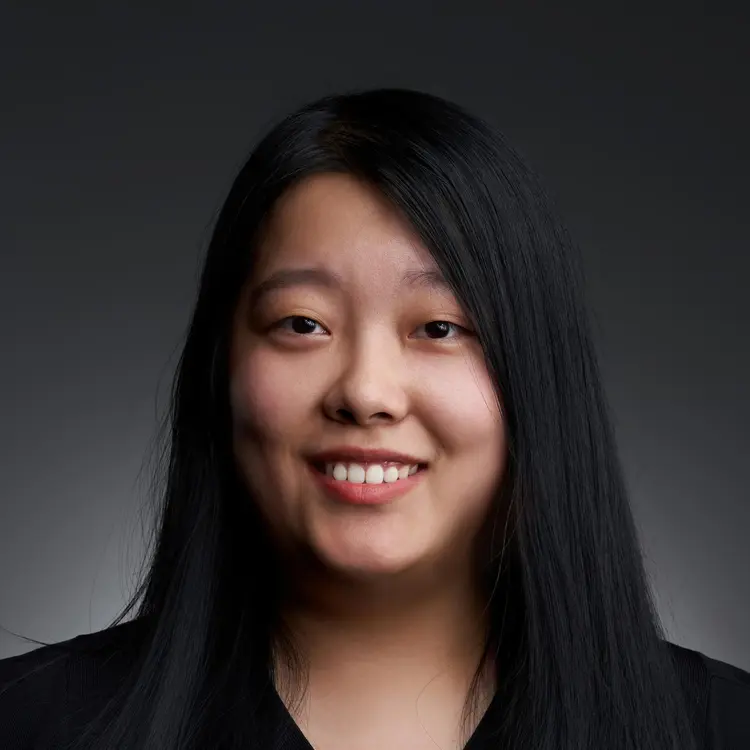Carnegie-USC Graduate Fellowship
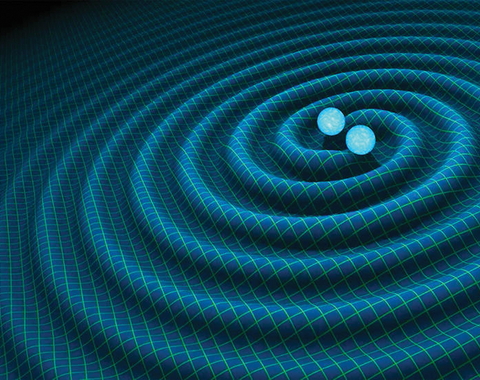
The Carnegie Observatories offers graduate student fellowships in collaboration with the University of Southern California (USC). This enables USC Physics Department students the unique opportunity to complete a doctoral thesis while being advised by professional astronomers and astrophysicists at the Observatories in Pasadena.
The potential thesis subjects span various disciplines in astrophysics, including observational, theoretical, simulation, and instrumentation fields. Once students have completed their classes at USC, they can work at the Observatories on a daily basis, taking part in high-level research discussions, attending cutting-edge scientific talks by astronomers from around the world, and having the opportunity to work with world-class telescopes, as well as numerical and visualization tools.
To be considered for this fellowship, students should indicate their interest in their Personal Statement in their application to the USC Physics Department. To help with writing this, a list of Observatories Staff Scientists who are interested in advising students is provided below along with a summary of their research specialties. Applicants are encouraged to also check out the Staff Scientists' home pages to explore which research topics they find most exciting.
Participating Scientists
The primary aim of Benson’s research program is to develop a detailed and, most importantly, quantitative model of galaxy formation based upon known physical laws rather than empirical rules.
Profile pageDark matter comprises 5/6 of the matter in the universe and provides the scaffolding within which galaxies are born and grow. Andrew Newman uses a variety of observational tools to map this mysterious matter across scales. His goals are to understand how galaxies’ growth depends on their cosmological environments, and to gleam insights into the physics of the unknown dark matter particle.
Profile pageSimon's interests span all aspects of galaxies in the nearby universe, including supernovae, chemical evolution, star formation, and the stellar initial mass function of the Milky Way's closest neighbors, as well as the search for new dwarf galaxies in the Local Group and beyond.
Profile pageGwen Rudie is a Staff Scientist at Carnegie Observatories and Director of the Carnegie Astrophysics Summer Student Internship (CASSI). Her work focuses on precision measurements of the physical conditions and chemistry of gas surrounding and within galaxies which provide clues about the physics governing the formation and evolution of galaxies. Rudie has played a leading role in several major surveys including the Keck Baryonic Structure Survey (KBSS), the Cosmic Ultraviolet Baryon Survey (CUBS), the Lyman-alpha Tomography IMACS Survey (LATIS), and the upcoming Chemical Evolution Constrained using Ionized Lines in Interstellar Aurorae (CECILIA) Survey using the James Webb Space Telescope.
Profile pageDr. Jessica Spake is a Staff Scientist at Carnegie Observatories. She studies planets outside our Solar System (exoplanets). She develops new methods for observing how planetary atmospheres change over time. This can help us know the life stories of exoplanets, how they interact with their stellar environments, and which ones can hold on to their atmospheres for billions of years.
Profile pageThe central theme of Bonaca's research program is the Milky Way as a cosmological laboratory, which will be mapped in unprecedented detail over the next decade. She searches for unusual patterns in these new data and interprets them with numerical experimentation to provide physical understanding. Her work aims to place constraints on the nature of dark matter and galaxy formation processes from detailed observations of the Milky Way and the local universe.
Profile pageAnthony Piro is a theoretical astrophysicist with a broad interest in topics involving black holes and neutron stars, astrophysical explosions, accretion flows, and planetary dynamics. He draws on his expertise in thermodynamics, radiative transfer, nuclear physics, and fluid dynamics to both predict novel astrophysical phenomena as well as understand the key underlying physical mechanisms responsible for new and exciting observations. Some of the key questions that he is especially interested in include, how can we use supernovae to probe the dying stars that generate them? What can we learn when we combine electromagnetic and gravitational wave information from the same systems? Where can we find moons around planets outside of our own solar system and is the presence of moons important for making these planets habitable for life?
Profile pageNick Konidaris is a Staff Scientist at Carnegie Observatories whose research interests include instrumentation, extrasolar planets, and the spectroscopy of bright or faint objects.
Profile pageShreyas Vissapragada is a Hale Scholar at Carnegie Observatories. His primary research goal is to understand the life stories of extrasolar planets, primarily using observational methods like the transit and radial velocity techniques. Currently, his key programs include studies of atmospheric escape in exoplanets using the Hubble Space Telescope, the James Webb Space Telescope, and the Magellan Telescopes, and all-sky radial velocity surveys (with Magellan/PFS and TNG/HARPS-N) to search for rare Neptune-sized planets that may be the exposed interiors of giant planets.
Profile pageWhy Carnegie?
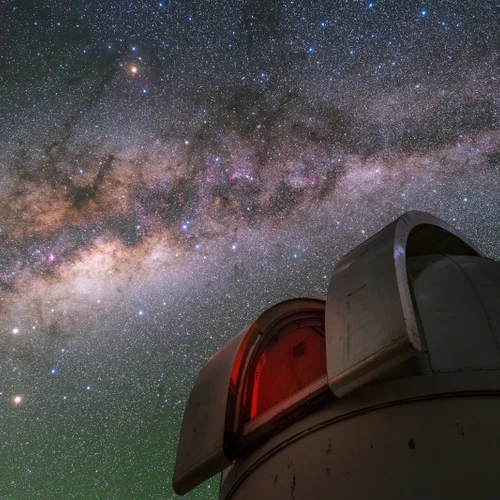
World Class Observatory
Carnegie's Las Campanas Observatory is located at a superb site high in the southern reaches of Chile’s Atacama Desert. It is home to our du Pont, Swope, and twin Magellan telescopes. The next-generation Giant Magellan Telescope is also under construction at the facility.
Learn More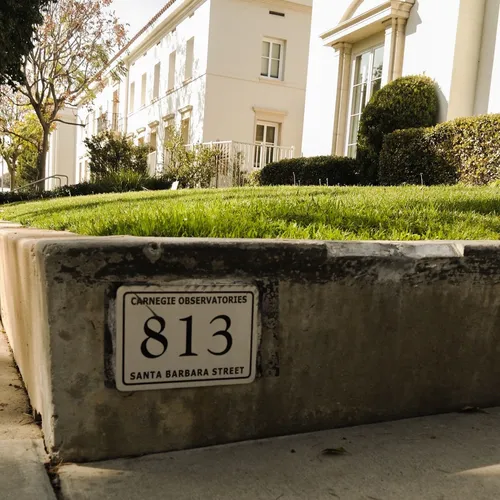
Interactive Campus Environment
The Observatories environment reflects the values of an Institution dedicated to enabling brilliant scientists to pursue their ideas with complete freedom. Our scientists are empowered to pursue long-term projects whose pace is dictated by the pace of discovery itself. It is this exceptional culture that has enabled the relatively small staff to make such disproportionately large contributions to astronomy.
Learn More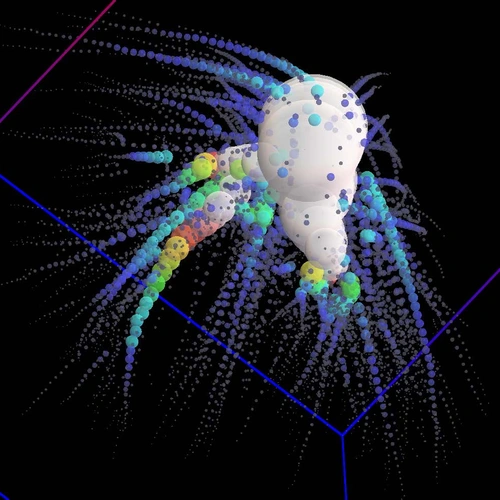
Theoretical Astrophysics Center
The Carnegie Theoretical Astrophysics Center brings theorists and observers together at the cutting edge of astrophysical research.
Learn More